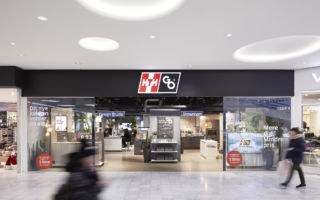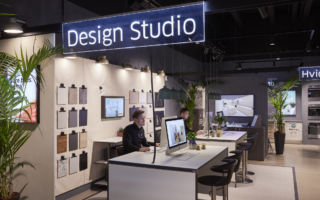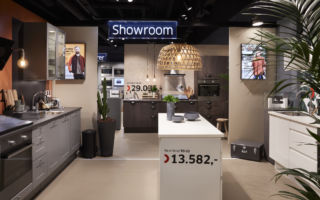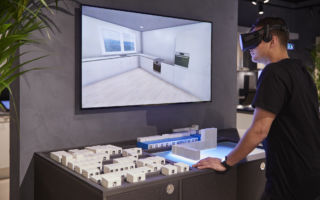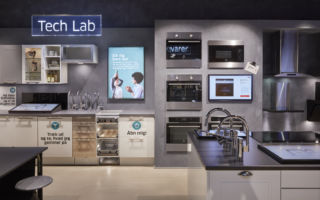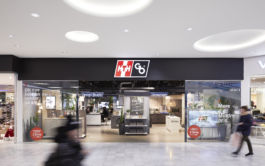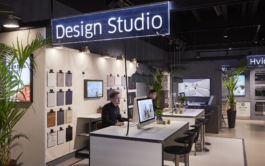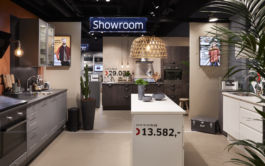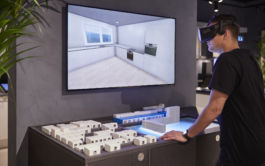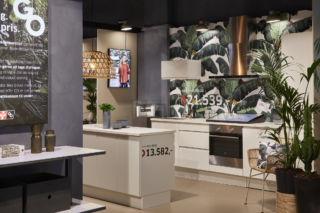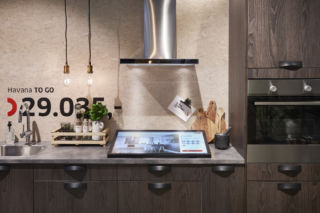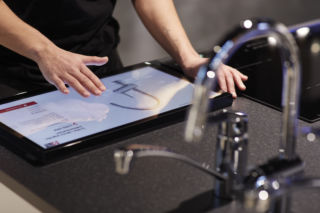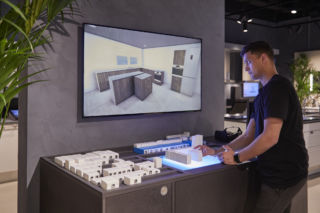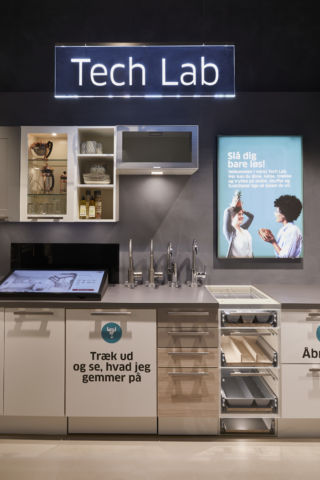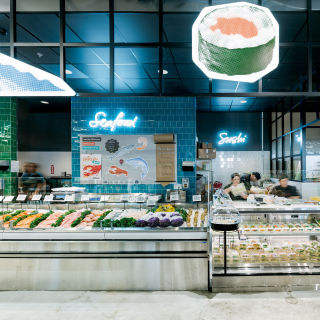HTH Go, Copenhagen
Design Credit:
Blink
blink.se
From Nobia-owned Danish kitchen brand HTH, HTH GO is a small-format concept store that taps into both the increasing desire for personalised kitchen design and the shift towards digital purchasing.
Designed by Swedish agency Blink, the concept uses VR and digital technology to help make purchasing a kitchen easier, more inspiring and more personal. The customer journey has been revisited and remapped to ensure a fiction-free experience at any point of the process.
Blink have designed a concept that lets customers interact with the brand in any way they like and regardless of where they are in the customer journey.
Spanning just 200sqm, the store is located in Fisketorvet Mall in Copenhagen. Its digital-first approach requires less space than a standard showroom, allowing it to be positioned in a high-traffic, central urban setting.
The store itself features 12 physical designs, but the inset touchscreens in each space let customers browse design and product options that they can then add to a wishlist. This creates focus and minimises the showroom footprint, while also giving customers endless choice.
The Design Studio section of the store uses a VR headset in combination with modular blocks to help customers visualise and build their own kitchens. This involves customers in the design process and gives them ownership over the end result.
Customers can also ‘save’ their designs to continue working on at home; expert staff are also on hand to help with design questions and ideas. Customers can take home a digital or physical file with product cards, notes, drawings and price quotes.
The new approach delivers a seamless omnichannel approach that makes kitchen buying more manageable and more personalised. A commercial success, it’s now being rolled out to other stores and brands under the Nobia umbrella.
